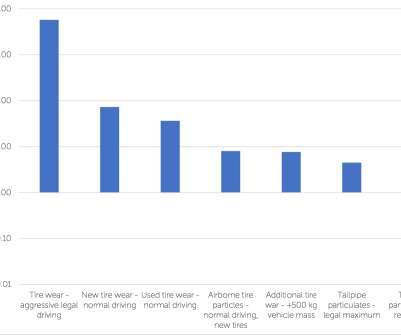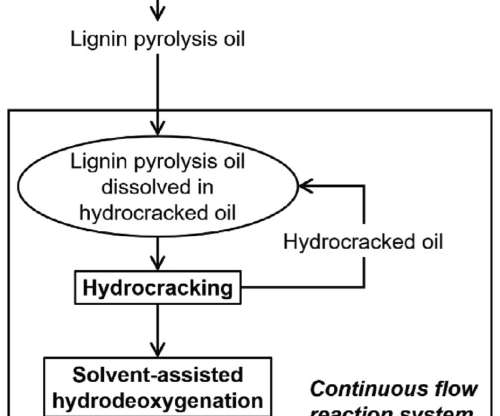Neste studying transitioning Porvoo refinery to a renewable & circular site; ending crude oil refining in mid-2030s
Green Car Congress
SEPTEMBER 20, 2022
Building on its capability of proactive transformation, Neste has initiated a strategic study on transitioning its refinery in Porvoo, Finland to non-crude oil refining and into a globally leading renewable and circular solutions site. Neste will also continue to actively study opportunities of green hydrogen at its Porvoo refinery.





































Let's personalize your content